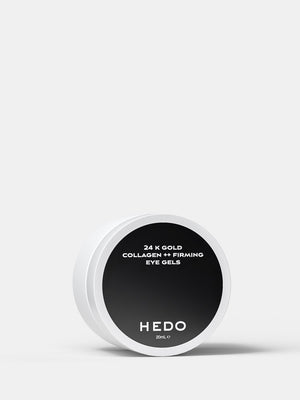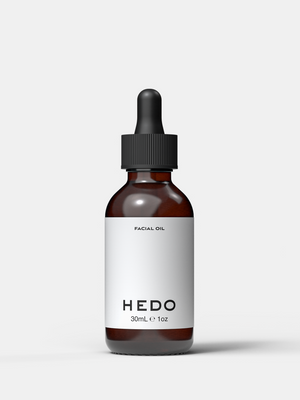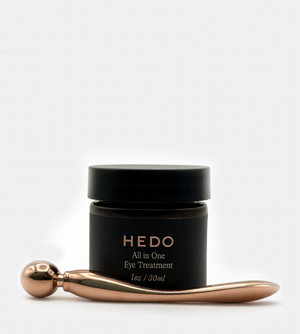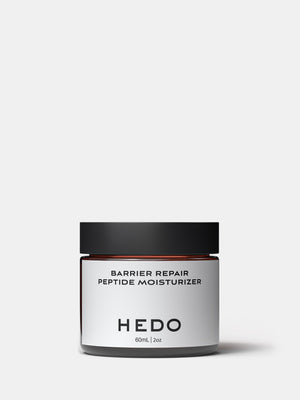
HEDOCELL-1™ – (Exosome + Cellular Renewal)
Reliable shipping
Flexible returns
WILL SHIP ON OR BEFORE SEPTEMBER 20
HEDO Regenerative Skincare Powered by Stem Cell Science.
HEDO cutting edge topical Exosome serum combines the power of Exosomes, Hyaluronic Acid, Collagens, Amino Acids, Proteins & Growth Factors!
Exosomes which come from Human Stem Cells are two key ingredients that activate cellular renewal and improve skin health at the deepest levels. These powerful components use messenger RNA to communicate with your skin’s natural systems, promoting healing and regeneration to deliver vibrant, healthy-looking skin.
The Remarkable Science of Exosomes!
Developed in partnership with Dr. William Gael MD who has over 20 years practicing and pioneering the field of regenerative medicine.
Dr. Gael Has developed many breakthroughs that are used throughout the industry today.
Our patented formula forms a cocoon around the Exosomes. The cocoon protects the Exosome and ensures that the exosome will not go to work until it reaches the fibroblasts located in the deep dermis (skin). The cocoon now opens there by releasing the Exosomes to regenerate your fibroblasts resulting in new skin. This revolutionary science produces amazing results which can only be achieved with HEDO Serum!
SERUM INGREDIENTS
Tetrahexyldecyl Ascorbate (Vitamin C), Dimethicone, Phenyl Trimethicone, Vinyl Dimethicone/Methicone Silsesquioxane Crosspolymer, Isododecane, Cyclopentasiloxane, Caprylic/Capric Triglyceride, Linolenic Acid, Glycine Soja (Soybean) Sterols, Tocopheryl Acetate (Vitamin E), Sodium Hyaluronate (Hyaluronic Acid), Palmitoyl Tripeptide-1, Palmitoyl Pentapeptide-4, Exosomes (Mesenchymal Stem Cell-Derived) 1st generation
Stem Cell and Exosome Education
1. Understanding Exosomes vs. Stem Cells
• Exosomes are nano-sized messengers secreted by stem cells.
• They are more potent and targeted than stem cells themselves in regenerative applications.
• Exosomes carry concentrated biological signals to areas of inflammation, damage, or aging.
• First-generation exosomes (from the primary stem cell culture) are the most effective; later generations lose potency.
2. Importance of Stem Cell Sourcing
• The regenerative power of exosomes depends on the quality of their stem cell source.
• Fetal-derived stem cells are controversial, unregulated, and often yield inconsistent results.
• Umbilical cord-derived stem cells (especially from Wharton’s Jelly) are considered the gold standard.
• These are ethically sourced, young, and consistently potent when collected from full-term, healthy births with proper donor screening.
3. Hematopoietic Stem Cells (HSCs)
• These stem cells are used in medical treatments for blood disorders.
• Not typically suitable for skincare or regenerative aesthetic applications.
• Their signaling is specific to blood regeneration, not anti-aging or tissue repair.
4. Culture Medium and Exosome Harvesting
• Stem cells are grown in a nutrient-rich medium that stimulates exosome release.
• Exosomes are harvested from this fluid and must be properly purified.
• Ideal exosome size ranges from 35 to 150 nanometers for effective skin penetration.
• Purification removes waste proteins, cell debris, and contaminants to ensure bioactivity and safety.
5. Safety, Ethics, and Traceability
• All donors (mother and baby) must pass extensive screening to ensure health and safety.
• Only ethically sourced, full-consent, and well-documented births should be used.
• Labs should avoid fetal sources and maintain transparency in their sourcing and production.
• Maintaining traceability and ethical standards supports both consumer safety and brand reputation.
6. Cellular Senescence and Aging
• Senescent cells are aged, inactive cells that contribute to skin deterioration and inflammation.
• They release damaging signals that accelerate the aging process.
• Exosomes can help neutralize or clear these harmful signals and support regeneration.
• Natural killer cells also play a role in removing senescent cells, but their function declines with age.
7. Quality Control and Transparency
• Particle size, concentration, and purity must be validated using nanotracking analysis.
• Few companies offer transparent, third-party-verified data on their exosome products.
• Brands should demand and provide scientific proof of exosome content and safety testing.
• Claims of “exosome-rich” formulations must be backed by measurable, lab-certified results.
8. Recommendations and Takeaways
• To succeed in regenerative skincare, a brand must be science-driven and transparent.
• Products must be ethically sourced, biologically potent, and verified through testing.
• This emerging field requires trust, data, and credibility for long-term growth and consumer confidence.



